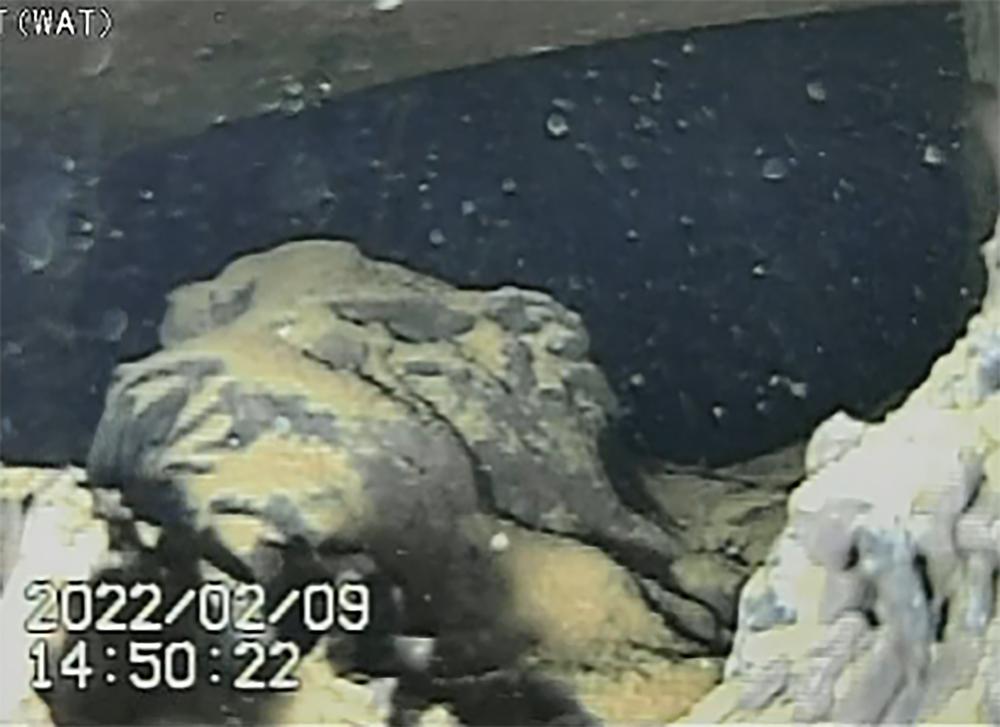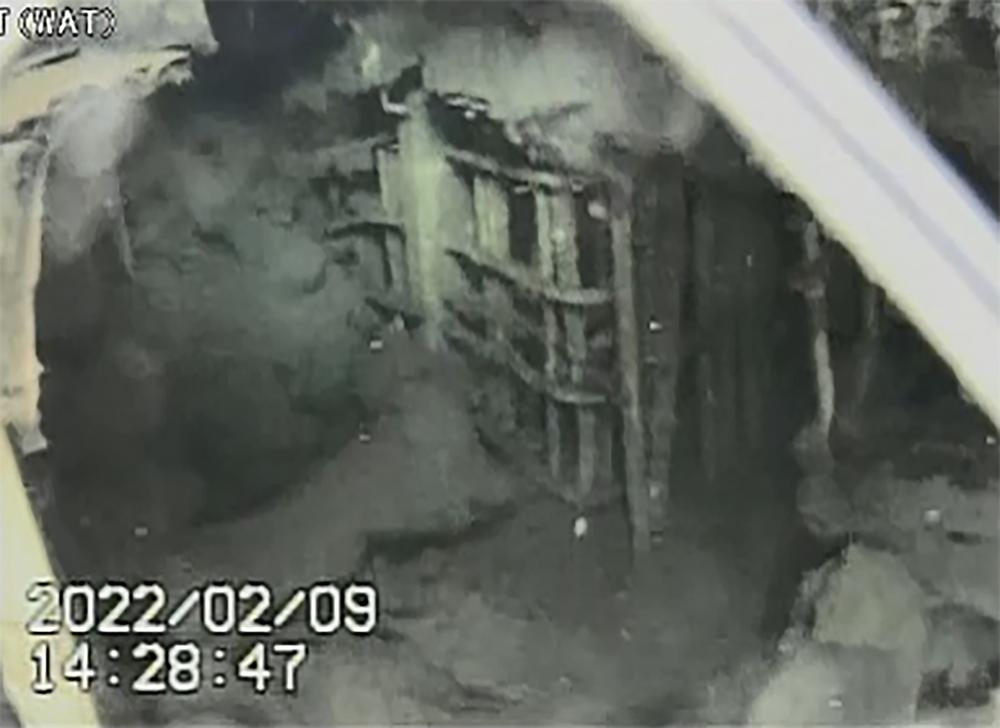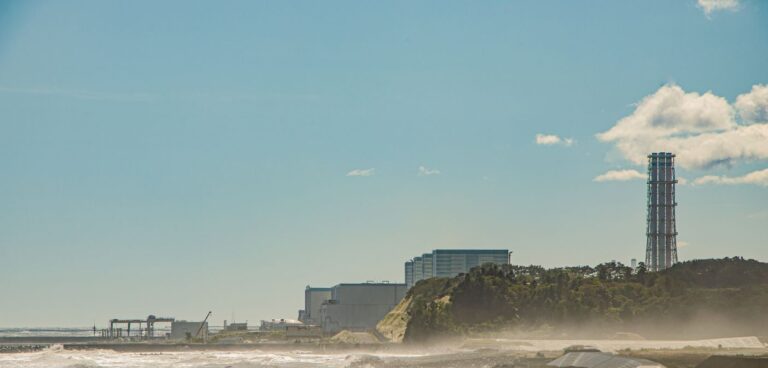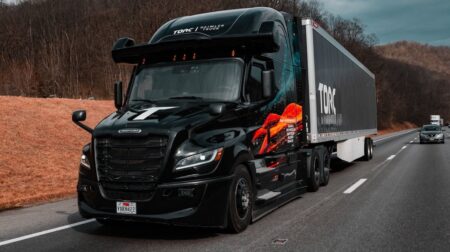A remotely operated underwater vehicle (ROV) has been deployed at Fukushima capturing images of what appears to be mounds of nuclear fuel which melted and descended to the bottom of its damaged reactor, officials said on Thursday [11 February].
A first attempt to use a submersible robotic probe in the Unit 1 reactor of the Japanese nuclear wreckage in 2017 failed to obtain any images, due to high radiation and interior structural damage.
However, images captured this week by a ROV show broken structures, pipes and mounds of what appears to be melted fuel and other debris submerged in cooling water, plant operator Tokyo Electric Power Company Holdings (TEPCO) said.
While on a mission to establish a path for subsequent probes the ROV, carrying several compact cameras, obtained the internal images of the reactor’s primary containment vessel.
TEPCO spokesperson Kenichi Takahara said the piles of debris rose from the bottom of the container, including some inside the pedestal, a structure directly beneath the core, suggesting the mounds were melted fuel that fell in the area.

The fuel at Unit 1 is submerged in highly radioactive water as deep as two meters (6.5 feet). At one location, the robot measured a radiation level of two sievert, which is fatal for humans, Takahara said, with the annual exposure limit for plant workers set at 50 millisievert.
Takahara added that further probes will be needed to confirm the objects in the images, five other robots – co-developed by Hitachi-GE Nuclear Energy and the International Research Institute for Nuclear Decommissioning, a government-funded consortium – will be used in the investigation over the next several months.

The investigation at Unit 1 aims to measure the melted fuel mounds, map them in 3D, analyse isotopes and radioactivity, and collect samples.
Around 900 tons of melted nuclear fuel remain inside the plant’s three damaged reactors, following the 2011 earthquake and tsunami which disabled the power supply and cooling systems, this including 280 tons in Unit 1. It has been estimated that removal tasks will take 30- 40 years, critics have labelled this overly optimistic.
Details of how the highly radioactive material can be safely removed, stored and disposed of at the end of the clean-up have not been decided. TEPCO added it aims to use a robotic arm later this year to remove an initial sample of melted fuel from Unit 2, where internal robotic probes have made progress.








